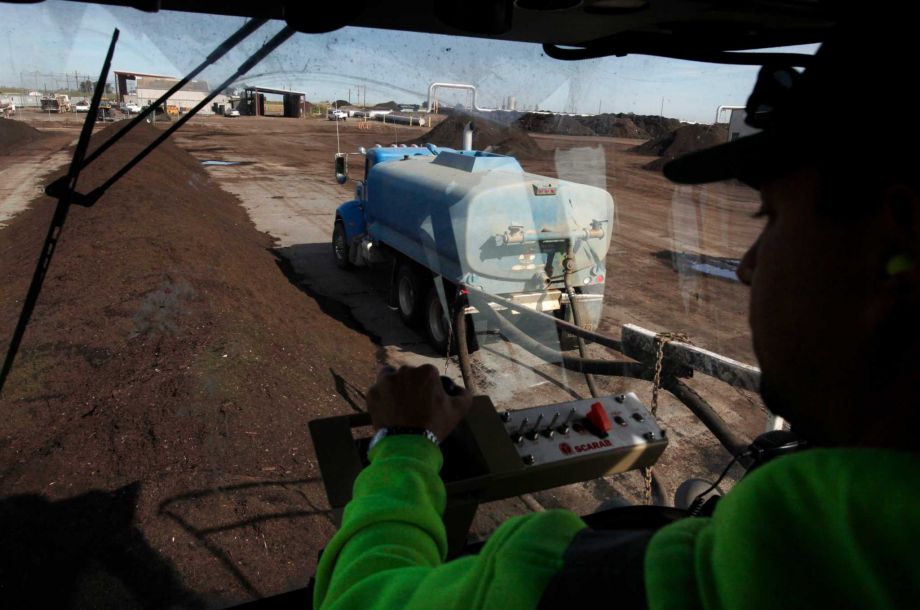For associated articles and far more info, please pay a visit to OCA’s Environment and Climate Resource Center page and our Organic Transitions page.

Jose Jimenez drives the windrow turner, utilized to rotate rows of compost.
Photo: Leah Millis / The San Francisco Chronicle
A compost experiment that began seven years ago on a Marin County ranch has uncovered a disarmingly basic and benign way to eliminate carbon dioxide from the air, holding the potential to turn the vast rangeland of California and the world into a weapon against climate change.
The notion grew out of a unique Bay Region alignment of a biotech fortune, a planet-class investigation institution and progressive-minded Marin ranchers. It has captured the consideration of the White Property, the Brown administration, the city of San Francisco, officials in Brazil and China, and even Residence Republicans, who might not think in climate alter but like the concept that “carbon farming” could mean income for ranchers.
Experiments on grazing lands in Marin County and the Sierra foothills of Yuba County by UC Berkeley bio-geochemist Whendee Silver showed that a a single-time dusting of compost substantially boosted the soil’s carbon storage. The effect has persisted over six years, and Silver believes the carbon will stay stored for at least several decades.
The experiments had been instigated by John Wick and his wife, Peggy, heiress to the Amgen biotech fortune, on a 540-acre ranch they bought in Nicasio. What began as a search for an artist’s studio turned into a seven-year, $ 8 million journey through rangeland ecology that has produced results John Wick calls “the most thrilling thing I can consider of on the planet right now.”
Spreading scraps
The study showed that if compost from green waste – every little thing from household meals scraps to dairy manure – had been applied over just five % of the state’s grazing lands, the soil could capture a year’s worth of greenhouse gas emissions from California’s farm and forestry industries.
The effect is cumulative, which means the soil keeps absorbing carbon dioxide even following just 1 application of compost, the researchers identified. In theory, Silver calculates, if compost created from the state’s green waste have been applied to a quarter of the state’s rangeland, the soil could absorb three-quarters of California’s total annual greenhouse gas emissions.
“For a lot of people, this sounds a small amazing,” Silver said. “There is nothing at all magic about it.”
Soil is a key supply of carbon, “and we’ve been bleeding it into the atmosphere for many, several years through plowing, overgrazing and poor agricultural practices,” Silver said. “So something we can do to get some of that carbon back into the soil is going to be useful.”